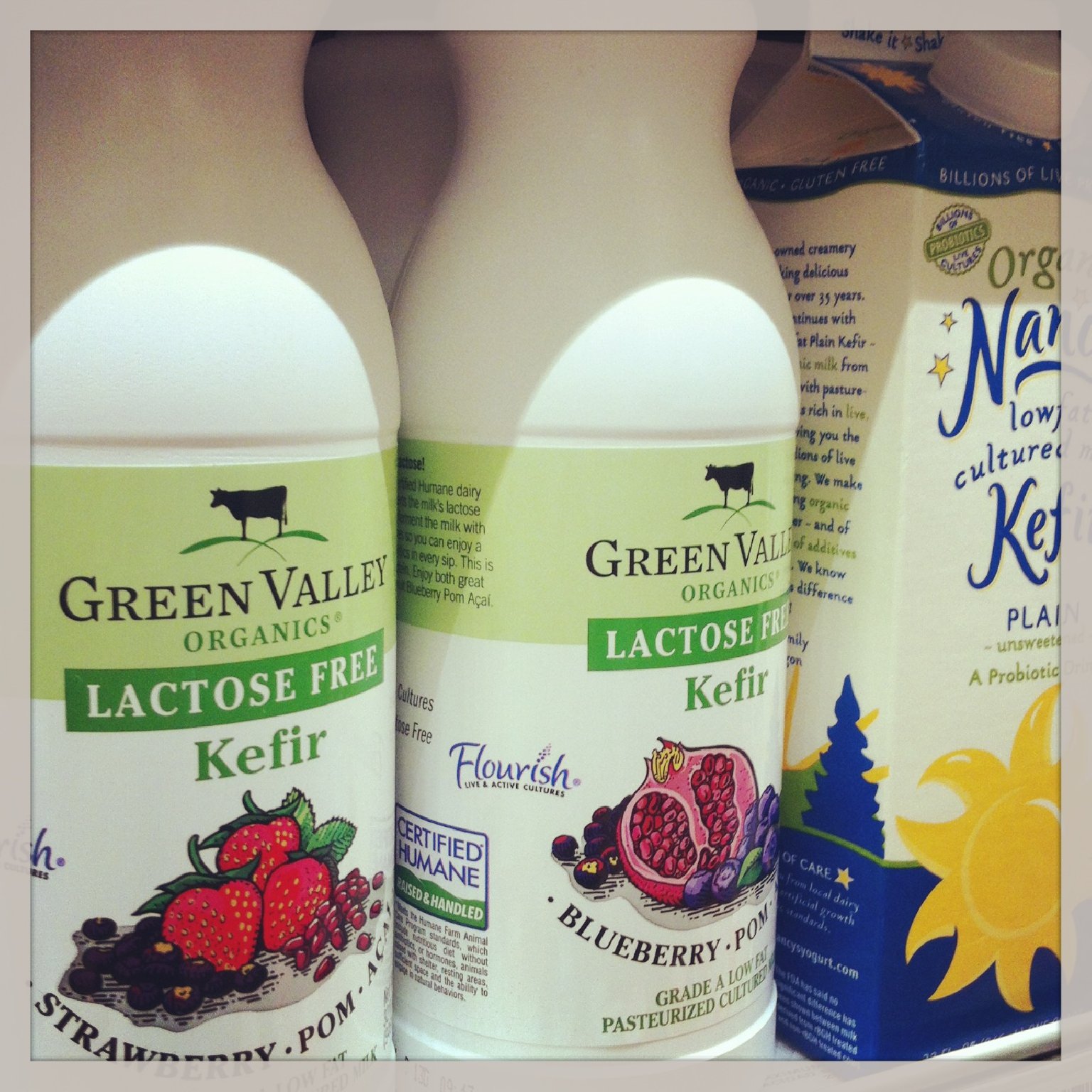
Eine regelmäßige Einnahme von Kefir-Präparaten oder Buttermilch kann sogar das Risiko von Darmkrebs verringern. From THE NIBBLE gourmet food webzine.

In buttermilk and in kefir most calories came from carbs.
Difference between kefir and buttermilk. The Real Differences Between Kefir and Buttermilk. Both milk kefir and buttermilk are probiotic-rich drinks full of gut-healthy bacteria. The main difference between kefir and buttermilk is in the number of beneficial bacteria each has to offer.
Depending on the variety that you use milk kefir grains may contain up. A regular intake of either a kefir preparation or buttermilk can even reduce the risk of colon cancers. Although both kefir and buttermilk has probiotics they still differ from each other because of the following.
Kefir has more active cultures than buttermilk. Buttermilk is the lower carbohydrate option as it provides 13 grams of carbohydrates per 8-ounce serving compared to the 15 grams in an 8-ounce serving of kefir. The difference comes from the grains used to make kefir as this adds 3 grams of dietary fiber.
Dietary fiber aids in digestion and promotes increased feelings of. In general kefir and buttermilk have similar nutrition. Kefir may have slightly higher total calories and carbohydrates than buttermilk but the differences are very insignificant even if you are currently dieting.
The fat and protein levels of kefir and buttermilk products available in the market are more-or-less similar. Although kefir yogurt and buttermilk are all fermented milk products they are very different in the way they are prepared their composition probiotic content and nutritional values. This article will dig deeper into these differences and clarify each of these products nutritional and probiotic values.
Buttermilk is a fermented dairy drink. Traditionally it was the liquid left behind after churning butter out of cultured cream. However as most modern butter is made not with cultured cream but with sweet cream most modern buttermilk is cultured.
The difference between buttermilk and kefir plus how to use them. From THE NIBBLE gourmet food webzine. Sign up for the Top Pick Of The Week to get a.
An 8-ounce serving of kefir provides 162 calories while an 8-ounce serving of buttermilk provides 150 calories. The difference of 12 calories between kefir and buttermilk is unlikely to be significant even if you are dieting as the amount is less than 1 percent of the daily suggested intake of 2000 calories. The difference being that the nutritional profile has been maxed out overall.
As you can see there are several different things that you will want to look into when you are focusing on dairy drinks. The best solution to work with is kefir of course as it has the most nutritional value but it is similar to the others and many even confuse the options. Buttermilk vs kefir - where is more calories.
At first glance you can see that in buttermilk is much the same number of calories as in kefir. Buttermilk has 105 kcal per 100g and kefir kcal per 100g so it is pretty easy to calculate that the difference is about 0. In buttermilk and in kefir most calories came from carbs.
Difference Between Buttermilk and Kefir. Kefir kuh-FEAR not KEE-fur is fermented from whole milk using special kefir grains more about them in a minute. Have you looked at this article on the differences between Kefir and Buttermilk.
Many know about yogurt and what range of benefits this food offers. But little are familiar with other similar fermented milk products like buttermilk and kefir. Both kefir milk and buttermilk contain bacteria that is healthy and friendly to the human body.
In addition to containing bacteria kefir milk also has yeasts that can colonize the intestinal tract. This is what makes it such a valuable food. Kefir has more than 12 microorganisms while buttermilk.
An 8-ounce serving of kefir provides 162 calories while an 8-ounce serving of buttermilk provides 150 calories. The difference of 12 calories between kefir and buttermilk is unlikely to be significant even if you are dieting as the amount is less than 1 percent of the daily suggested intake of 2000 calories. Eine regelmäßige Einnahme von Kefir-Präparaten oder Buttermilch kann sogar das Risiko von Darmkrebs verringern.
Obwohl sowohl Kefir als auch Buttermilch Probiotika enthalten unterscheiden sie sich dennoch aufgrund folgender Faktoren. Kefir hat mehr aktive Kulturen als Buttermilch. In terms of consistency and taste kefir is thinnermore liquid-like and more sour due to the presence of yeast.
Some describe kefir as tasting similar to a cross between yogurt and buttermilk. Yogurt tends to be available in more flavors plus there are different types such as Greek yogurt European yogurt Icelandic yogurt etc. Kefir grown from kefir grains has between 30 and 50 different strains and approximately 5 billion cfu colony forming units per gram.
As well as the texture there can be other differences. For starters kefir has 12 different strains of live and active cultures and 25-30 billion Colony Forming Units CFU while the average yogurt can have anywhere from 1 to 5 strains with 6 billion CFU.